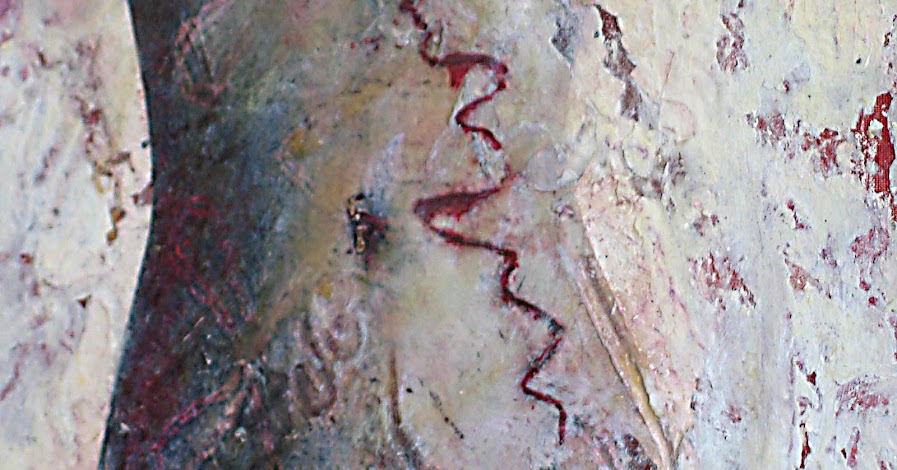
People commission portraits for all sorts of reasons, and it varies from person to person. Let's explore some of the reasons why commissioning a portrait can be an incredibly rewarding experience:
- Capturing the Magic of Time: As we gaze upon a portrait, we are instantly immersed in a world of memories, emotions, and stories. Every brushstroke and detail in the artwork preserves those precious moments for eternity.
- Unveiling Stories: Portraits have the amazing ability to tell stories. Through skillful artistry, a portrait becomes a visual narrative that reveals a hidden essence about the subject. Brushstrokes, expression, and details all add depth and personality, awakening emotions that words may struggle to express.
- Family Heirlooms: Additionally, a commissioned portrait holds the potential to become a cherished family heirloom. As time passes, it gains sentimental value, becoming a bridge that connects generations, connecting the past with the present and the future.
- Collaborating with Talented Artists: Commissioning a portrait is an exciting opportunity to collaborate with a skilled and passionate artist. They pour their heart and soul into their work, and by commissioning a portrait, you become a patron of their art, supporting their creativity and dedication. It's a win-win situation!
While commissioning a portrait may not actually make you rich and important, it certainly adds a dash of charm, creativity, and playfulness to your life. Whether you're capturing cherished memories, telling compelling stories, or making the neighbours envious, commissioning a portrait is an experience that can bring joy and a touch of whimsy to your everyday existence.
If you’d like to find out more about commissioning a portrait, please contact me or click on this link for more info.
Thanks for reading until the end. If you found this article helpful or inspiring, please share the love.
Have a great weekend.





